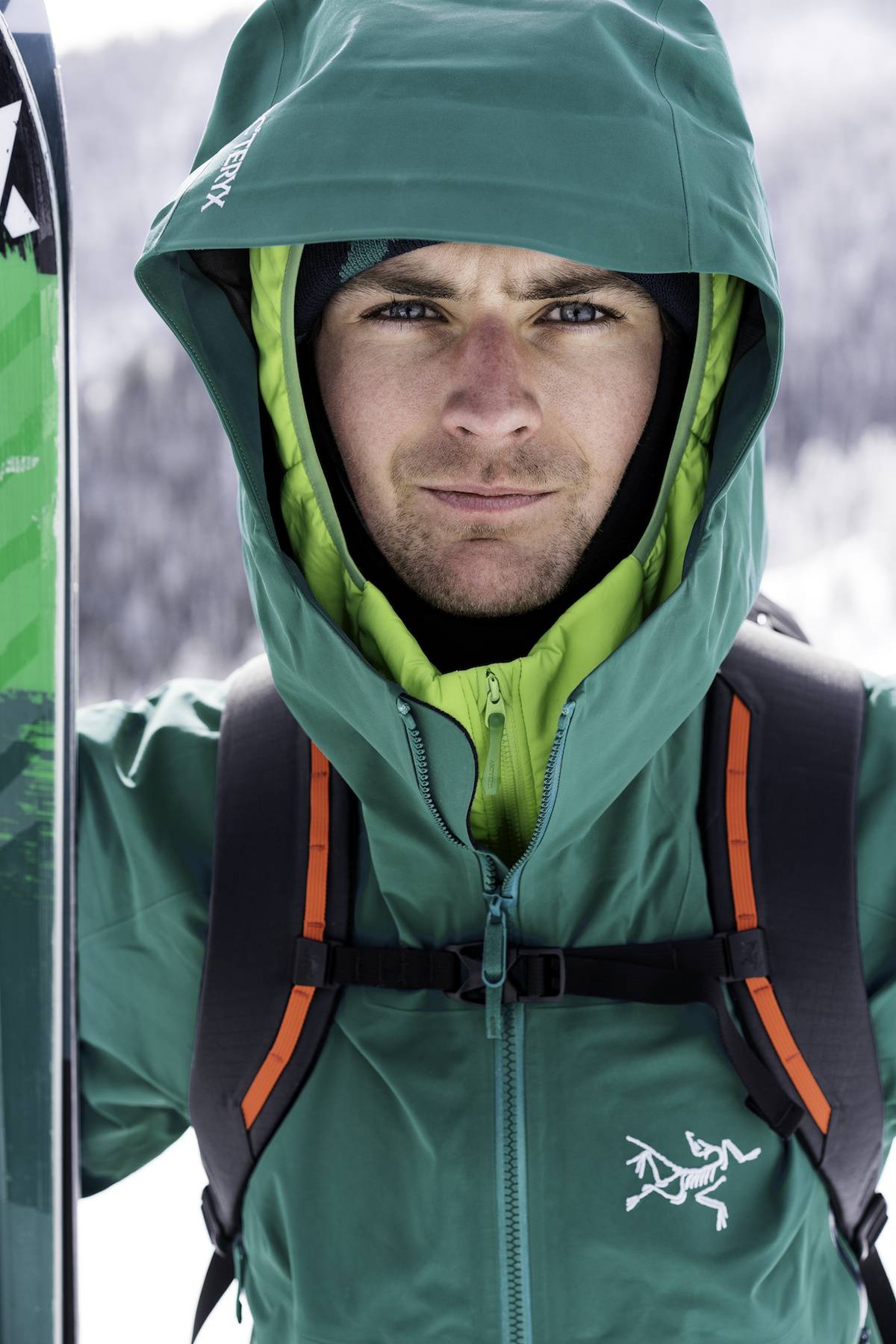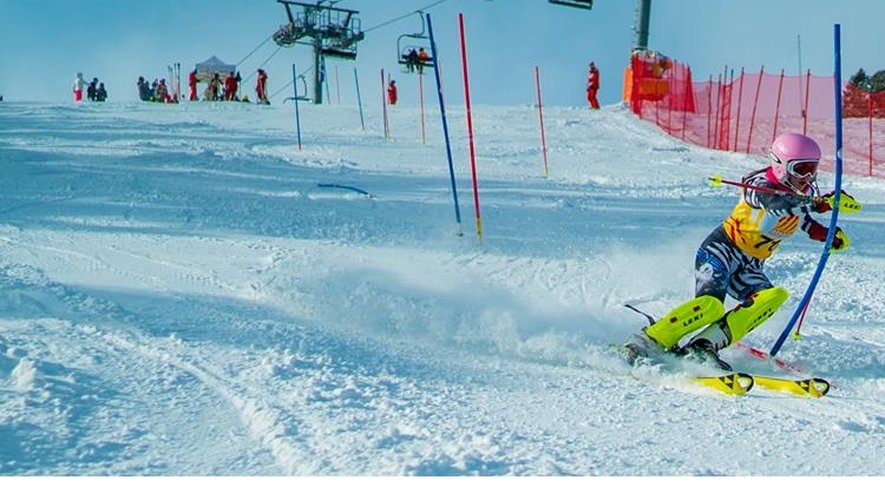
Overall snow pants provide a comfortable fit with a range of design options making them a popular choice for winter athletes. These pants are great for backcountry skiing and lift-assisted snowboarding.
All you need to know about overall snow pants
There are many factors that you should consider when shopping for snow pants. You may be more interested in the appearance of the garments, but it's also important to think about your body's temperature and comfort.
Insulated Snow Pants
A number of snow pants use a combination of waterproof, windproof shell fabric and insulation to keep you warm during wintertime activities. Although these insulated ski or snowboard pants aren't as stylish as regular shells, they offer a great option for winter sports enthusiasts living in colder climates.
Patagonia's Powdertown pants are an example of this combination. They combine a high-quality waterproof membrane and a soft, taffeta linedr to deliver great next-to skin comfort. They also use a thin dose of 60-gram synthetic insulation to keep you warmer and dryer when it's wet.

Cargo Snow Pants
These pants are made for snowboarders. They have a variety of zippered pockets at the rear and cargo. However, they are not recommended to be packed full.
Pulse Winter Pants
A popular pick among snowboarders, pulse snow pants have a similar design to traditional snowboarding designs, but they include an extra layer of material above the waist for added warmth. This extra layer protects the bottom from snow and wicks sweat to keep it cool.
Pants with Reflective Snow Design
Snow pants that are reflective can be an excellent choice for people who often spend their time in the elements, especially in winter. A layer of Lumentex(r), reflective tap can be added to make you stand out in low visibility conditions.
The reflective layer is designed to deflect light and reflect it, so you can be more visible on the slopes and in low-light environments like snowy sled trails. Some models have a reflective strip running down the legs, and a adjustable waistband that can easily be tightened up to increase visibility.
Bibs
Those who don't need all the protection a baselayer can provide will often prefer bibs over snow pants for added warmth and convenience. These bibs may be made from lightweight, breathable fabrics such as polyester and merino.

You might consider a bib that has a stronger construction and more features for heavier riders, such as a zippered handwarmer or cargo pocket. Carhartt's bibs are particularly well-made. They're made of a heavyweight, poly-wool blend which is quick drying and resists odor.
Backcountry Snow Pants
The majority of snowboarders and skiers will encounter rain. Therefore, it is crucial to have waterproof ski or snowboard pants. For sidecountry skiers or those who want to be in the hard-charging resorts, a shell is more preferable. However, for those who want to explore backcountry areas, or take long-distance backcountry tours, a bib with a stretchy, flexible hardshell fabric will allow air to flow around the knees.
FAQ
You should not forget these things when you travel.
Traveling can be stressful. You'll often find yourself in situations where you have little time to make decisions. It's okay to be spontaneous.
You may be stuck someplace for hours or days, or even months. If you plan ahead you can have food and water, shelter, and a place for sleep. You may need to improvise if you don't plan ahead.
In these situations, you will probably need to rely upon what you know best. You will have to rely on your instincts and experience to make quick decisions.
Sometimes you just can't make a choice. It could happen that you are stranded without cell phone coverage, run out of gas, or have been robbed. You'll need to adapt quickly to these situations.
The key is to keep calm, stay focused and act decisively. Don't panic. Instead, keep your eyes on the things you can control.
You can choose which direction you want to go if you're lost among the woods. If you are hungry, you can eat mushrooms or berries. You can also drink rainwater and melt snow if you feel thirsty.
Rest if your tired. You can layer up if you are cold. If it is wet, you have the option to change clothes. Whatever you decide, you'll feel better if you stay positive.
What should you pack for a vacation?
You must know what you want from your holiday. It's not just about packing clothes. Also, think about where and how long your stay there.
You need to think about what activities you would like to participate in. If you plan to visit exotic locations, you might consider scuba diving. You might also want to participate in local festivals and events if you plan to stay longer.
Tell your loved ones if there are any health concerns so they can plan for you.
Which countries have the best cuisine?
Food varies from country to country. So it's hard to say which countries have the best food.
But we can tell you which countries have the most delicious food!
TripAdvisor users rank these countries as the top three most popular:
-
Italy - Italy has been voted the number 1 destination by TripAdvisor users thanks to its fantastic food.
-
France - France was ranked second because of its rich culture and cuisine.
-
Spain - Spain came in third because of its stunning beaches and amazing weather.
How long does it take for you to fly between countries?
The distance between two airports and the weather conditions affect the time taken to fly.
The average flight time is approximately 3 hours.
The actual flying time depends on many factors like the airline, aircraft type and airport delays.
What's the first thing you should do when you arrive at your travel destination?
It is a good idea to have a plan for when you get to a destination. This helps you to know what to expect and where you should go next.
Planning ahead is essential to avoid being late for any important events.
You should also research what museums, parks, or landmarks you want to visit if you are planning to visit a city more than once.
It might be worth looking into getting a map for the area or reading about the history of this region.
Statistics
- According to Maori legends, this park holds 14 fjords that were all carved by a giant stonemason with an adze. (busytourist.com)
- That's an 18% jump from 2019, the previous record year. (travelandleisure.com)
- They're also likely to offer babysitting services, in case you'd like to have dinner one night after 7 p.m. (travelandleisure.com)
- Alcoholic beverages with 24% alcohol or less are not subject to limitations in checked bags. (tsa.gov)
- Case in point: the private island of Ilha Caldeira, less than seven miles off the coast as part of the Primeiras and Segundas Archipelago, is located within the marine-protected area with 20 percent of the country's intact living coral. (travelandleisure.com)
External Links
How To
How to plan your next vacation
Planning a trip involves many things like booking flights, hotels, car rentals, activities, etc. You must also consider your budget, destination, weather forecast, and other important factors.
You should always remember these points while planning your next vacation.
We have prepared a step-by, step guide to help with your next vacation planning. This guide has been compiled using customer feedback as well as our own experience. This guide will help you plan your next vacation easily.
Steps:
-
Plan your Budget. This is one of the most important steps to prepare for a trip. You must know how much money you want to spend on your trip before you start thinking about where to go and what to do. In the event that you don't have enough cash, you might need to cancel your plans.
-
Book Your Flights. After you have decided on your budget, book your tickets. Be sure to get the lowest price flight deal. You should also check to see if any airlines offer special deals during specific seasons. These deals could help you save a lot of cash.
-
You can choose your destination - Once you have purchased your ticket, you need to decide where you would like to go. Multiple factors come into play when choosing your destination, including location (where you're going), climate (what season to visit), culture (how friendly people are), and cost (how affordable it is).
-
Find Accommodations. After selecting your destination, the next step is to search for accommodations. You have many accommodation options, from hostels and luxury suites to choose from. Choosing the right type of accommodation depends on your needs and preferences. For example, staying in a hotel may not be ideal if you're looking for a place close to the city center. You may prefer quieter areas away from the crowds and a homestay could be better suited for your needs.
-
Select Activities and Attractions. Now, after you've selected your accommodation it is time to pick the activities or attractions that you would like to add to your itinerary. Depending upon the length of your stay you have two options: choose just a few activities, or add many more to your itinerary.
-
Select Activities and Attractions - Now it's time for you to plan your itinerary. To achieve maximum value from your trip, you should stick to a fixed schedule. But, it's possible to enjoy your trip more if your schedule is flexible.
-
You can create an itinerary by creating itineraries. Write down all details about your trip, including flights, accommodation, activities, and restaurants.
-
Research Online – Before you go on your trip, make sure to research online. Read reviews and testimonials to find out what other travelers think about different destinations. This will allow you to plan your trip accordingly.
-
Don't Overpack - This is one of the most common mistakes people make when packing. Instead of bringing five sets of clothes, bring three. Consider bringing clothing that's appropriate for the region.
-
Be Prepared - Finally, be prepared! Get everything organized before you head out on your trip. You don't want to waste time searching for important documents while you're still in transit.